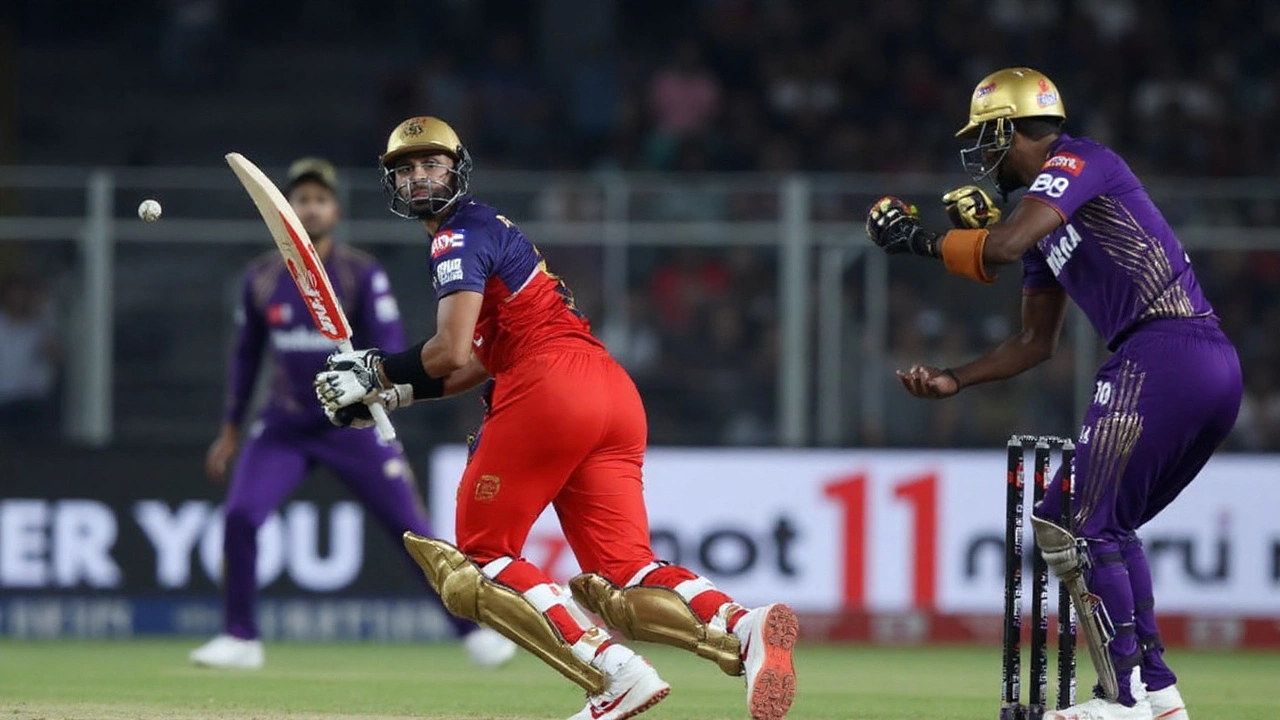Points Table: Your Guide to IPL Standings and Rankings
When you check the Points Table, a tabular summary that ranks teams based on wins, losses and net run rate in a league. Also known as standings, it helps fans see who’s leading and who’s fighting relegation. The points table is the heartbeat of any season, instantly showing which side is cruising toward the finals and which one is staring at the exit door.
In the Indian Premier League, the premier T20 competition in India that blends high‑octane cricket with massive fanfare, the points table decides everything from playoff spots to prize money. Each win adds two points, a tie or no‑result gives one, and a loss yields none. This simple rule creates a dynamic race where net run rate acts as the tie‑breaker, pushing teams to chase hard and defend smart.
Teams like Sunrisers Hyderabad, a Hyderabad‑based franchise that has bounced between the top and mid‑table in recent years watch the table daily. Their recent surge, highlighted in articles about a dramatic IPL revival, shows how a few wins can catapult a side from the bottom to a playoff berth. The same pattern applies to Kolkata Knight Riders, Delhi Capitals, and others, all chasing that crucial top‑four slot.
How the Points Table Shapes the IPL Season
The points table influences coaching decisions, player rotations, and even auction strategies. When a side sits in the top‑two, they often rest key bowlers for the knockout stage, trusting the cushion. Conversely, a team hovering around the fifth spot may take aggressive moves—like promoting power‑hitters up the order—to secure that extra win needed for playoff qualification. In this way, the table isn’t just a scoreboard; it’s a strategic engine that drives every on‑field and off‑field choice.
Understanding the cricket points system also means grasping net run rate (NRR). NRR is calculated by subtracting the average runs per over conceded from the average runs per over scored. A high NRR can rescue a team that’s tied on points, as seen when Sunrisers Hyderabad edged out a rival by a slim NRR margin to clinch a playoff slot. This metric pushes teams to finish matches strongly, whether they’re batting first or defending a target.
Playoff qualification is the ultimate prize for the points table. The top four teams earn a spot, but the format gives extra benefits: the first and second placed sides get a second chance via the Qualifier 1, while third and fourth face an elimination match. This hierarchy makes every point valuable and turns the latter half of the league into a high‑stakes sprint.
When you compare the IPL points table to other leagues—like the English Premier League or NFL—you’ll notice similar structures: points for wins, goal/running differentials for tie‑breakers, and playoffs for the top finishers. The common thread is that the table creates a narrative arc, turning a collection of matches into a season‑long story that fans can follow step by step.
For casual followers, the points table offers a quick snapshot: who’s hot, who’s cold, and what’s at stake in the next game. For analysts, it’s a dataset to model trends, predict outcomes, and debate selection policies. The articles in this collection cover everything from a rain‑affected match that reshaped the table to a star‑player’s impact on a franchise’s rise, giving you a 360° view of how the table influences real‑world cricket.
Below you’ll find a curated list of stories that dive deep into specific moments, player performances, and turning points that moved teams up or down the points table. Whether you’re a die‑hard fan tracking every shift or a newcomer looking to grasp how the IPL league works, these pieces will give you the context you need to read the table with confidence.
